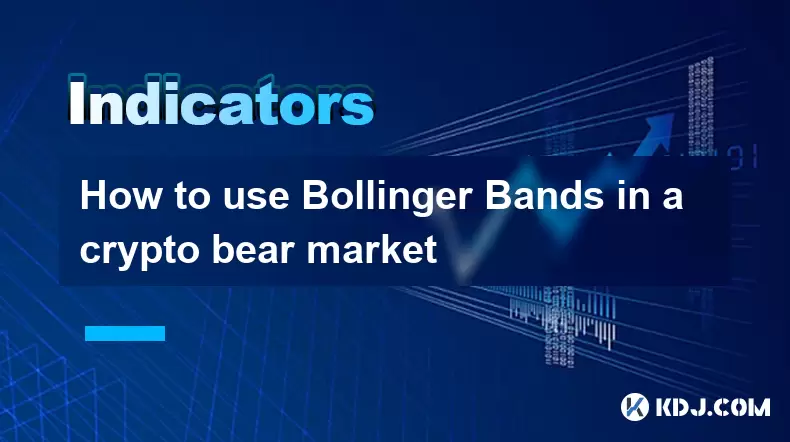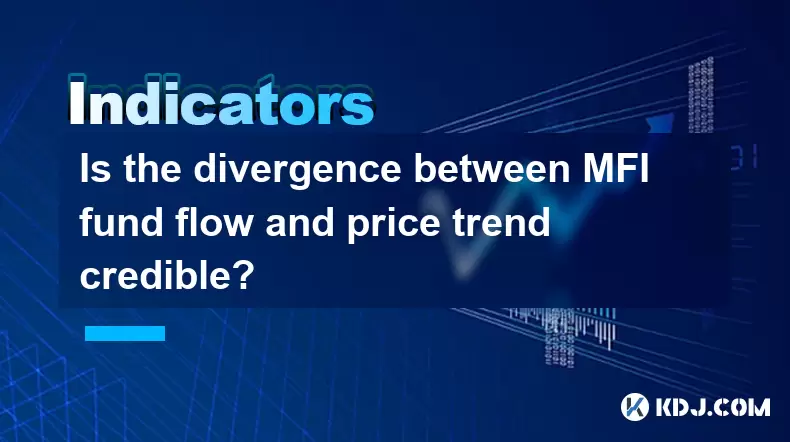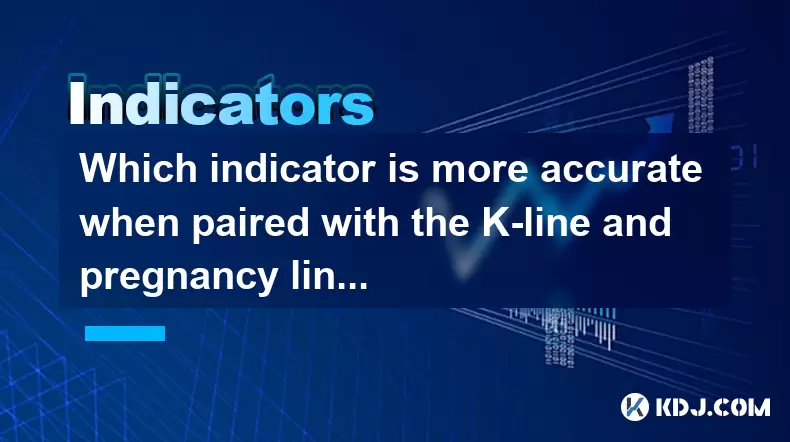-
 Bitcoin
Bitcoin $119300
1.07% -
 Ethereum
Ethereum $3730
3.87% -
 XRP
XRP $3.235
0.29% -
 Tether USDt
Tether USDt $1.000
0.00% -
 BNB
BNB $783.5
1.88% -
 Solana
Solana $188.7
0.25% -
 USDC
USDC $0.0000
-0.01% -
 Dogecoin
Dogecoin $0.2399
-0.44% -
 TRON
TRON $0.3157
2.37% -
 Cardano
Cardano $0.8254
1.94% -
 Hyperliquid
Hyperliquid $42.83
0.14% -
 Stellar
Stellar $0.4372
3.21% -
 Sui
Sui $3.859
4.91% -
 Chainlink
Chainlink $18.53
3.53% -
 Hedera
Hedera $0.2464
0.01% -
 Bitcoin Cash
Bitcoin Cash $519.8
2.46% -
 Avalanche
Avalanche $24.24
2.17% -
 Litecoin
Litecoin $113.7
0.73% -
 UNUS SED LEO
UNUS SED LEO $8.990
0.30% -
 Shiba Inu
Shiba Inu $0.00001390
0.21% -
 Toncoin
Toncoin $3.188
1.49% -
 Ethena USDe
Ethena USDe $1.001
0.02% -
 Polkadot
Polkadot $4.090
-0.91% -
 Uniswap
Uniswap $10.40
4.08% -
 Monero
Monero $326.6
3.12% -
 Bitget Token
Bitget Token $4.627
-0.42% -
 Pepe
Pepe $0.00001281
0.76% -
 Dai
Dai $1.000
0.01% -
 Aave
Aave $291.6
0.98% -
 Cronos
Cronos $0.1269
7.26%
How to use Bollinger Bands in a crypto bear market
Bollinger Bands help crypto traders identify overbought, oversold levels, and volatility shifts, especially useful during bear markets when combined with other indicators like RSI or MACD for more reliable trade signals.
Jul 11, 2025 at 12:14 pm

Understanding Bollinger Bands in Cryptocurrency Trading
Bollinger Bands are a popular technical analysis tool developed by John Bollinger in the 1980s. They consist of three lines: a simple moving average (SMA) in the center, and two outer bands that represent standard deviations above and below the SMA. These bands dynamically expand and contract based on market volatility.
In cryptocurrency trading, especially during volatile conditions like a bear market, Bollinger Bands can provide valuable insights into price trends, volatility, and potential reversal points. Since crypto markets often experience sharp declines followed by sideways movements or rebounds, understanding how to interpret these bands becomes crucial for traders navigating such environments.
Setting Up Bollinger Bands on Your Chart
Before interpreting Bollinger Bands, it's essential to set them up correctly on your trading platform:
- Open your preferred trading charting software or exchange interface.
- Locate the indicator menu and search for “Bollinger Bands.”
- Apply the default settings: a 20-period simple moving average and 2 standard deviations.
- Ensure the bands appear on the price chart as three distinct lines.
Some platforms allow customization, but sticking with the standard settings is recommended, especially for beginners. The middle band represents the average price over the last 20 periods, while the upper and lower bands reflect the volatility-adjusted boundaries.
Identifying Overbought and Oversold Conditions
During a crypto bear market, prices tend to trend downward with intermittent bounces. One of the primary uses of Bollinger Bands is identifying overbought and oversold levels:
- When the price touches or moves above the upper Bollinger Band, it may signal an overbought condition.
- Conversely, when the price touches or drops below the lower Bollinger Band, it could indicate an oversold scenario.
However, in strong downtrends, prices can remain near or even beyond the lower band for extended periods. Therefore, using Bollinger Bands alone isn't sufficient; combining them with other indicators like Relative Strength Index (RSI) or Volume can increase accuracy.
Spotting Squeezes and Volatility Shifts
A Bollinger Band squeeze occurs when the bands narrow significantly, indicating low volatility. This situation often precedes a significant price move — either upward or downward.
To detect a squeeze:
- Observe the distance between the upper and lower bands.
- When they converge tightly around the middle SMA, it signals a volatility contraction.
- Traders watch for a breakout after a squeeze to determine entry points.
In a bear market, a squeeze may lead to another leg down rather than a bullish reversal. Thus, confirming the direction with volume and candlestick patterns is essential before making a trade decision.
Using Bollinger Bands for Range Trading
Many cryptocurrencies enter sideways or consolidation phases during bear markets. In such scenarios, Bollinger Bands can help identify potential range-bound trading opportunities:
- The price tends to bounce between the upper and lower bands.
- A trader might consider selling near the upper band and buying near the lower band.
- It’s important to wait for a clear rejection at the bands before entering trades.
Avoid chasing the price immediately upon touching the bands. Instead, look for additional confirmation like candlestick reversals or volume spikes to avoid false breakouts.
Combining Bollinger Bands with Other Indicators
For more reliable signals in a bear market, pairing Bollinger Bands with complementary tools enhances decision-making:
- Use Moving Average Convergence Divergence (MACD) to confirm momentum shifts.
- Overlay Fibonacci retracement levels to find confluence zones.
- Incorporate on-balance volume (OBV) to gauge buying or selling pressure.
By combining multiple indicators, traders reduce the risk of false signals and improve their probability of successful entries and exits.
Frequently Asked Questions
Q: Can Bollinger Bands be used effectively in a strong downtrend?
Yes, but with caution. In strong downtrends, prices may hug the lower Bollinger Band for long periods. Relying solely on band touches can result in premature entries. Always use additional confirmation tools.
Q: Should I adjust the Bollinger Band settings during a bear market?
It’s generally advisable to stick with the default settings unless you have a specific reason to change them. Altering the period or standard deviation can distort the visual representation and lead to misinterpretation.
Q: What time frame works best with Bollinger Bands in crypto trading?
The optimal time frame depends on your trading style. Day traders may prefer 5-minute or 15-minute charts, while swing traders often rely on 4-hour or daily charts. Consistency across multiple time frames helps validate signals.
Q: How do I know if a bounce from the Bollinger Band is sustainable?
Look for supporting signs like bullish candlestick patterns, increasing volume, or positive divergences on oscillators like RSI or MACD. Without confirmation, assume the bounce may be temporary.
Disclaimer:info@kdj.com
The information provided is not trading advice. kdj.com does not assume any responsibility for any investments made based on the information provided in this article. Cryptocurrencies are highly volatile and it is highly recommended that you invest with caution after thorough research!
If you believe that the content used on this website infringes your copyright, please contact us immediately (info@kdj.com) and we will delete it promptly.
- Bitcoin, Jim Cramer, and the US Deficit: A Wall Street Story
- 2025-07-25 10:30:11
- TGEs, Scalability & Privacy Tech: Decoding the Future of Blockchain
- 2025-07-25 10:30:11
- Ben Askren, FUNKY Memecoin, and the Fallout: A New York Minute
- 2025-07-25 10:50:11
- TRON, Crypto Payroll, and Stablecoins: A New York Minute on the Future of Finance
- 2025-07-25 08:30:11
- WazirX, Revote, and Crypto Unlock: A New York Minute on the Latest Developments
- 2025-07-25 06:50:11
- Hong Kong Stablecoin Regulation: Navigating the Hype and Hurdles
- 2025-07-25 08:30:11
Related knowledge

Is the divergence between MFI fund flow and price trend credible?
Jul 25,2025 at 12:01pm
Understanding MFI and Fund Flow in Cryptocurrency MarketsThe Money Flow Index (MFI) is a technical oscillator that combines price and volume to assess...

Should I go all in when DIF crosses DEA?
Jul 25,2025 at 12:42am
Understanding DIF and DEA in MACD AnalysisWhen traders analyze DIF and DEA in the context of the Moving Average Convergence Divergence (MACD) indicato...

Should I go all in when the upper edge of the box is broken?
Jul 25,2025 at 01:50am
Understanding the 'Box' in Cryptocurrency Price ChartsThe term 'box' in cryptocurrency trading typically refers to a price consolidation range where t...

Should I go all in when the parabolic turning signal appears?
Jul 25,2025 at 06:36am
Understanding the Parabolic Turning Signal in Crypto TradingThe parabolic turning signal is a technical indicator derived from the Parabolic SAR (Stop...

Should I follow up with a full position when the trading volume suddenly increases?
Jul 25,2025 at 12:28am
Understanding Sudden Increases in Trading VolumeA sudden spike in trading volume often signals heightened market activity and can indicate that new in...

Which indicator is more accurate when paired with the K-line and pregnancy line combination?
Jul 25,2025 at 05:43am
Understanding the K-Line and Pregnancy Line CombinationThe K-line, also known as the Japanese candlestick chart, is a foundational tool in technical a...

Is the divergence between MFI fund flow and price trend credible?
Jul 25,2025 at 12:01pm
Understanding MFI and Fund Flow in Cryptocurrency MarketsThe Money Flow Index (MFI) is a technical oscillator that combines price and volume to assess...

Should I go all in when DIF crosses DEA?
Jul 25,2025 at 12:42am
Understanding DIF and DEA in MACD AnalysisWhen traders analyze DIF and DEA in the context of the Moving Average Convergence Divergence (MACD) indicato...

Should I go all in when the upper edge of the box is broken?
Jul 25,2025 at 01:50am
Understanding the 'Box' in Cryptocurrency Price ChartsThe term 'box' in cryptocurrency trading typically refers to a price consolidation range where t...

Should I go all in when the parabolic turning signal appears?
Jul 25,2025 at 06:36am
Understanding the Parabolic Turning Signal in Crypto TradingThe parabolic turning signal is a technical indicator derived from the Parabolic SAR (Stop...

Should I follow up with a full position when the trading volume suddenly increases?
Jul 25,2025 at 12:28am
Understanding Sudden Increases in Trading VolumeA sudden spike in trading volume often signals heightened market activity and can indicate that new in...

Which indicator is more accurate when paired with the K-line and pregnancy line combination?
Jul 25,2025 at 05:43am
Understanding the K-Line and Pregnancy Line CombinationThe K-line, also known as the Japanese candlestick chart, is a foundational tool in technical a...
See all articles

























































































